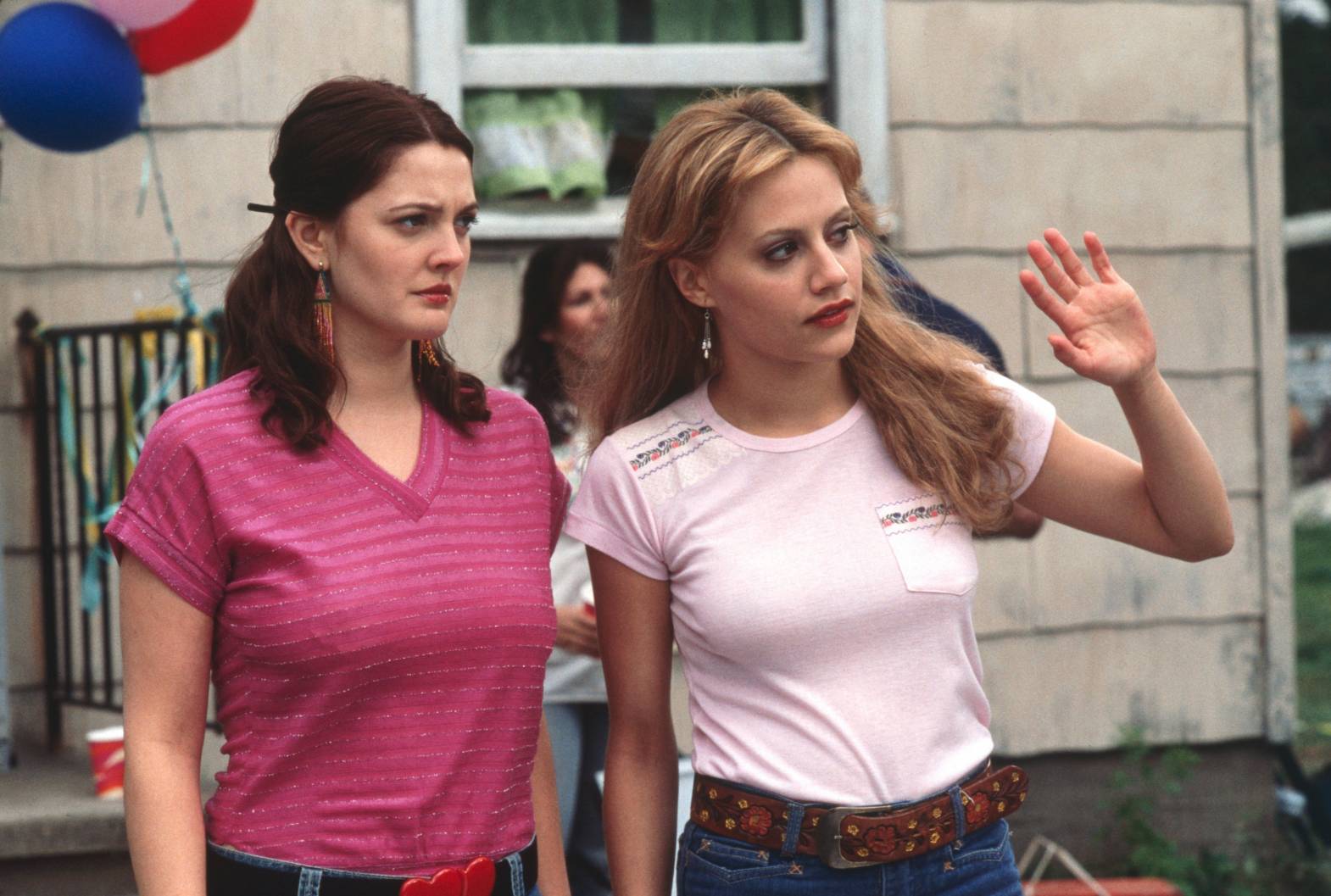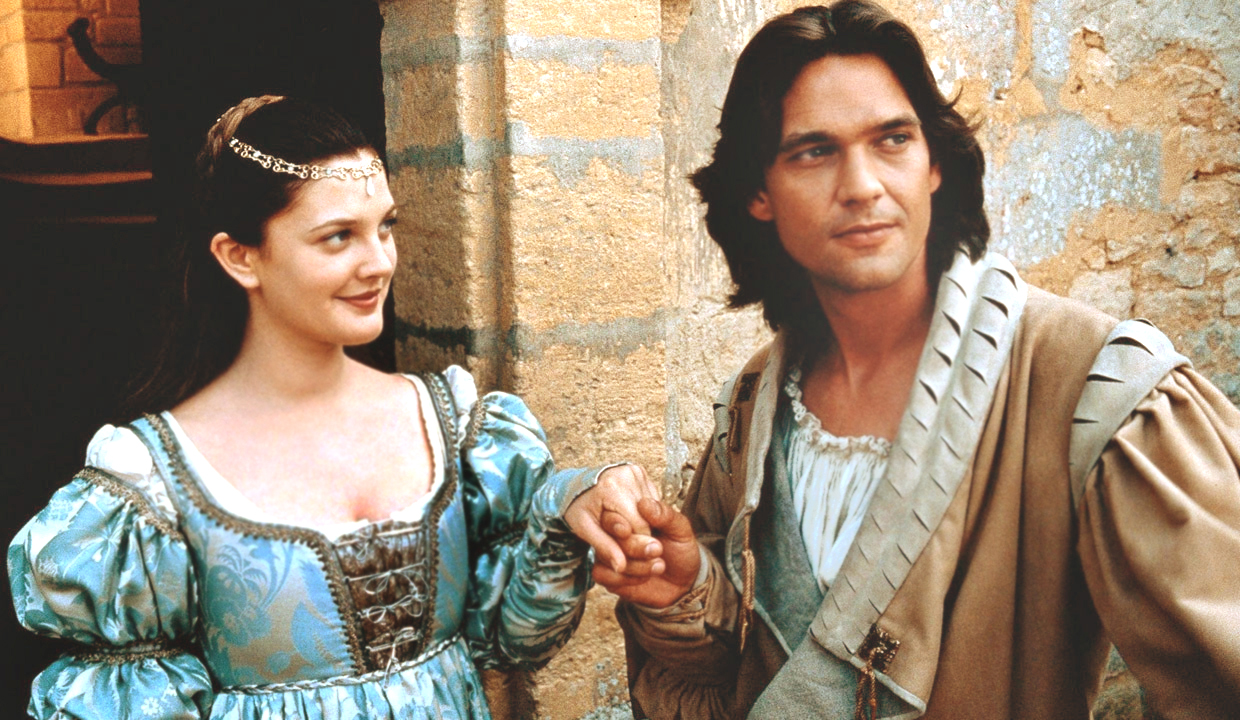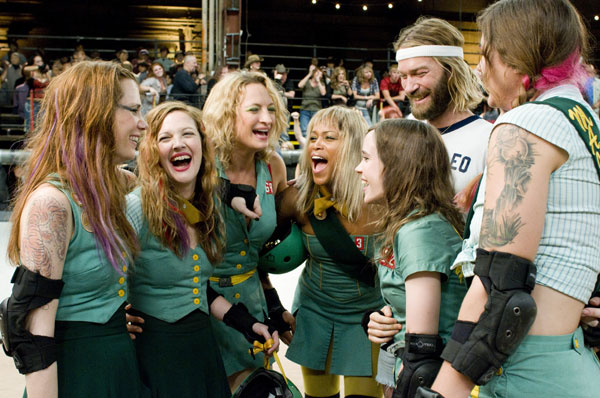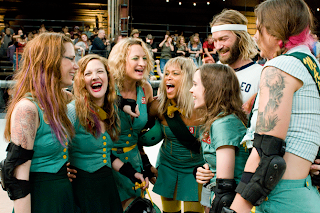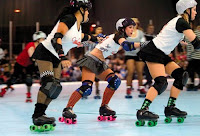This guest post by CG is part of our theme week on Bad Mothers.
Being a woman in today’s society means following a particular script. You are to: be a quiet, pleasant child. Discover boys by puberty. Get good grades, wear a sparkling prom dress. Have a college boyfriend. Marry said college boyfriend. Be a quiet homemaker, be pregnant, raise your children accordingly. But rarely, if ever, do we get a glimpse into what life means outside of this script – particularly after motherhood. What happens to these women who follow the script, who find themselves the proper example of what the script can mean – and what happens to those who choose to forge their own path, and mix life in with the order of the script?
It’s rare to find that there is life for women beyond motherhood. For this, I turn to one example that has shown the full humanity of post-maternal female agency. This is 2001’s Riding in Cars with Boys.
Riding in Cars With Boys is a journey story, first and foremost. Radical even today, the story follows Beverly “Bev” Delfrino (played by Drew Barrymore) as she stumbles her ways through life. Even at eleven, Bev displays her zest for life and the zing of excitement. She wants to be a writer. She wants to go to college and rub elbows with the elite. And most of all, she wants to be desired…by boys.
In one of the first scenes, Bev’s father is flabergasted as she tells him that what she really wants for Christmas isn’t a bike, but a bra, to impress a classmate that she likes.
This kind of boldness is cemented into Bev’s character as she grows older. Even when she is rejected at a high school party by yet another classmate she is pining over, she finds comfort in Ray, a guy who really doesn’t have much going for him but comforts our heroine. She then has unprotected sex with Ray in the backseat of a car.
It isn’t long before Bev finds herself pregnant. And while most stories would end here, or move the heroine to find some meaning in her pregnancy and motherhood, Bev rejects this. She continues being the same selfish, flamboyant lover of life that she is at the beginning of the film, despite the constant pressure from others in her life (particularly men) for her to conform. Her father, with whom Bev has a close relationship with, not only rejects her but kicks her out of the house when he finds out she is pregnant. Ray, who Bev marries out of necessity, remains a static character as well. He is a well meaning individual whose irresponsibility outweighs Bev’s. Between forgetting basic essentials to falling into a haze of drugs, Ray’s unreliability mirrors the same gender roles that move along the film.
It seems odd to praise a film like this, where the mother figure is such a notable “bad mother”, but that in lies the beauty of this film. Riding in Cars with Boys doesn’t negate or try to water down Bev. She remains an individual first and foremost, and the role of mother becomes secondary to that. And there are far and few media representations that allow women to embody themselves fully like this.
Bev is surrounded by men in the film – her father, Ray, her son Jason – and they all embody some part of the responsibility and gender roles that Bev is fighting against. Jason ends up being the voice of reason in the film, growing up feeling resentful and grateful for having Bev as a mother. In one of the final climax scenes of the film, we see Jason’s frustration bubbling over as he tells his mother “I raised you!” Bev’s reaction? To pout and throw a temper tantrum.
Do you see how great this is?
Riding in Cars with Boys showcases a humanity to women who are mothers that our media lacks. Women are constantly punished and depowered for their sexuality, and their motherhood status is often used as another way to control in media. We see this in everything from Scandal to Flowers in the Attic to Lizzy Bordon Killed a Man. Rarely are women granted that full spectrum of emotions and flaws in the way that men and men who are fathers are allowed to be. Bev Delfino proves that there is life beyond motherhood, and that a woman doesn’t stop being who she is once she has children.
Though this film came out in 2001, I still hope that more people can watch Riding in Cars with Boys and can see the importance of post-maternal female agency in our media.
CG is a writer, blogger, and fangirl from New Jersey. Most of her online writing can be found on her site (blackgirlinmedia.com).
